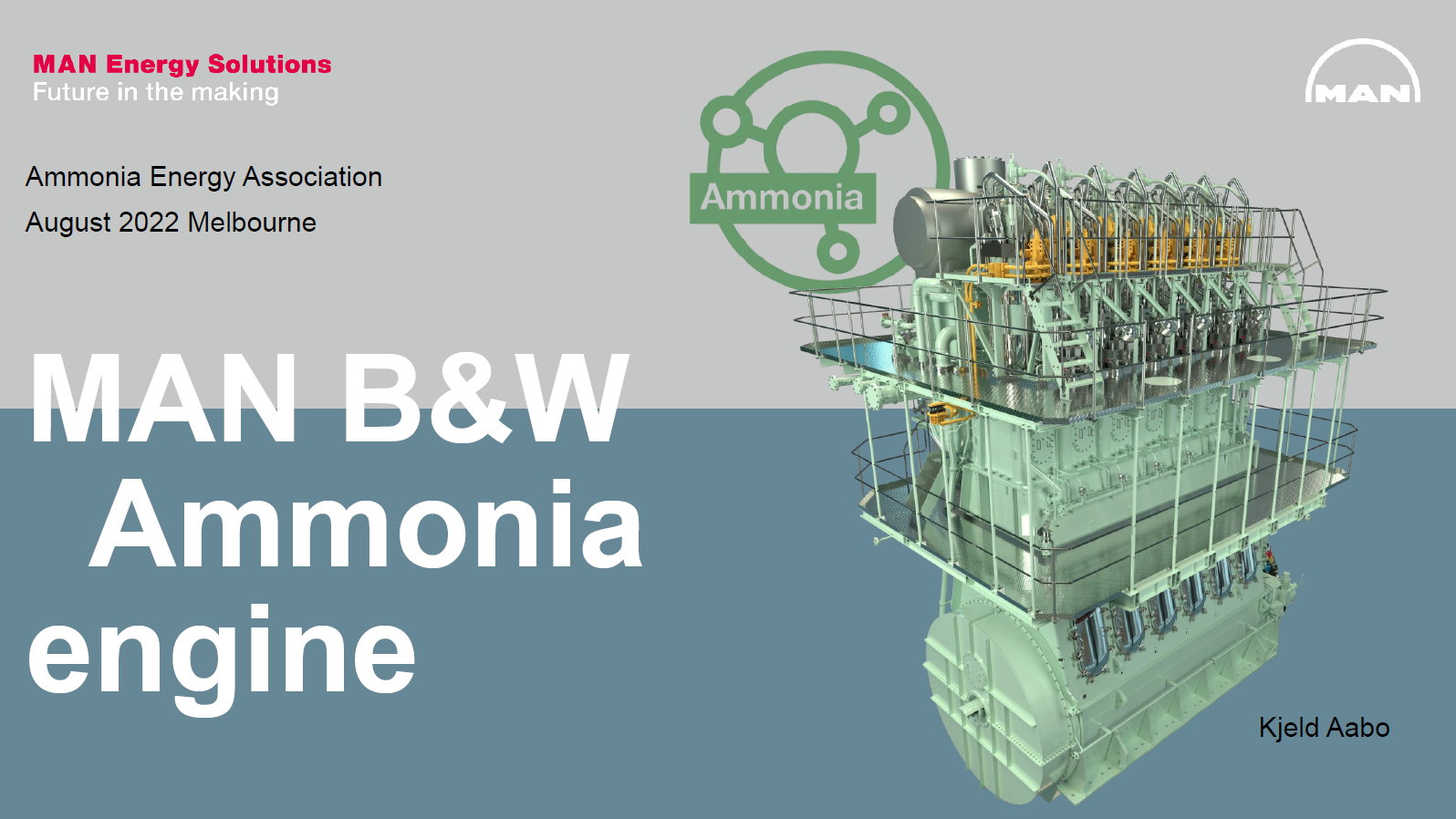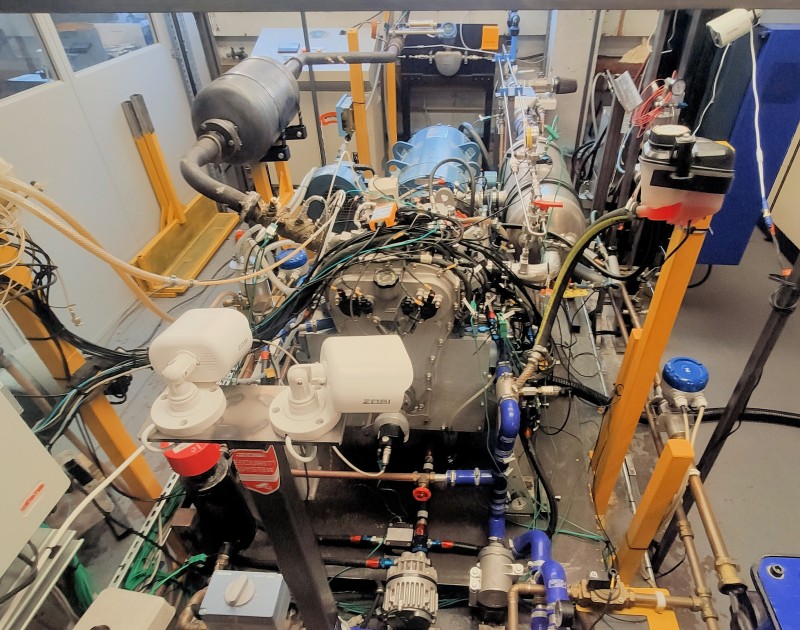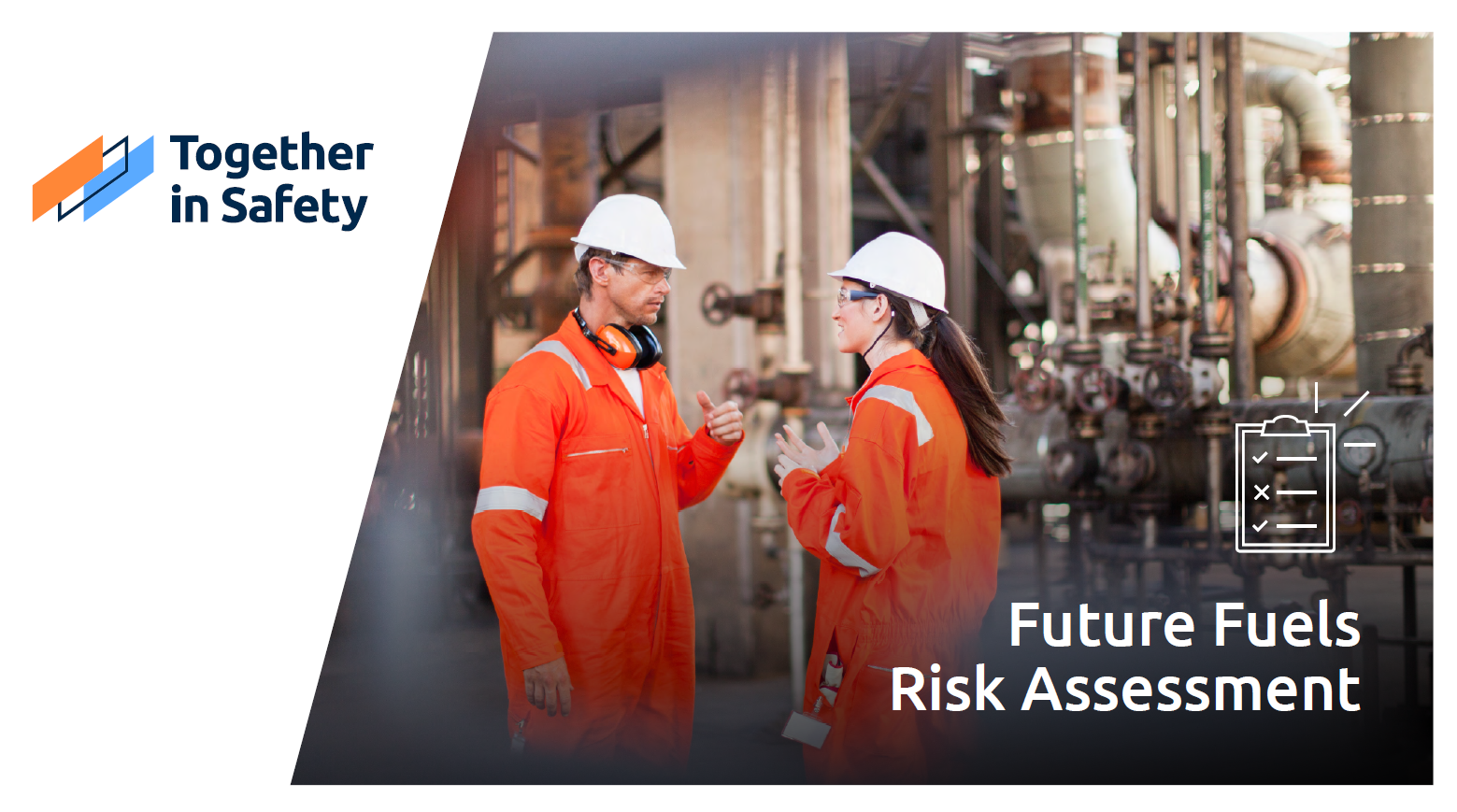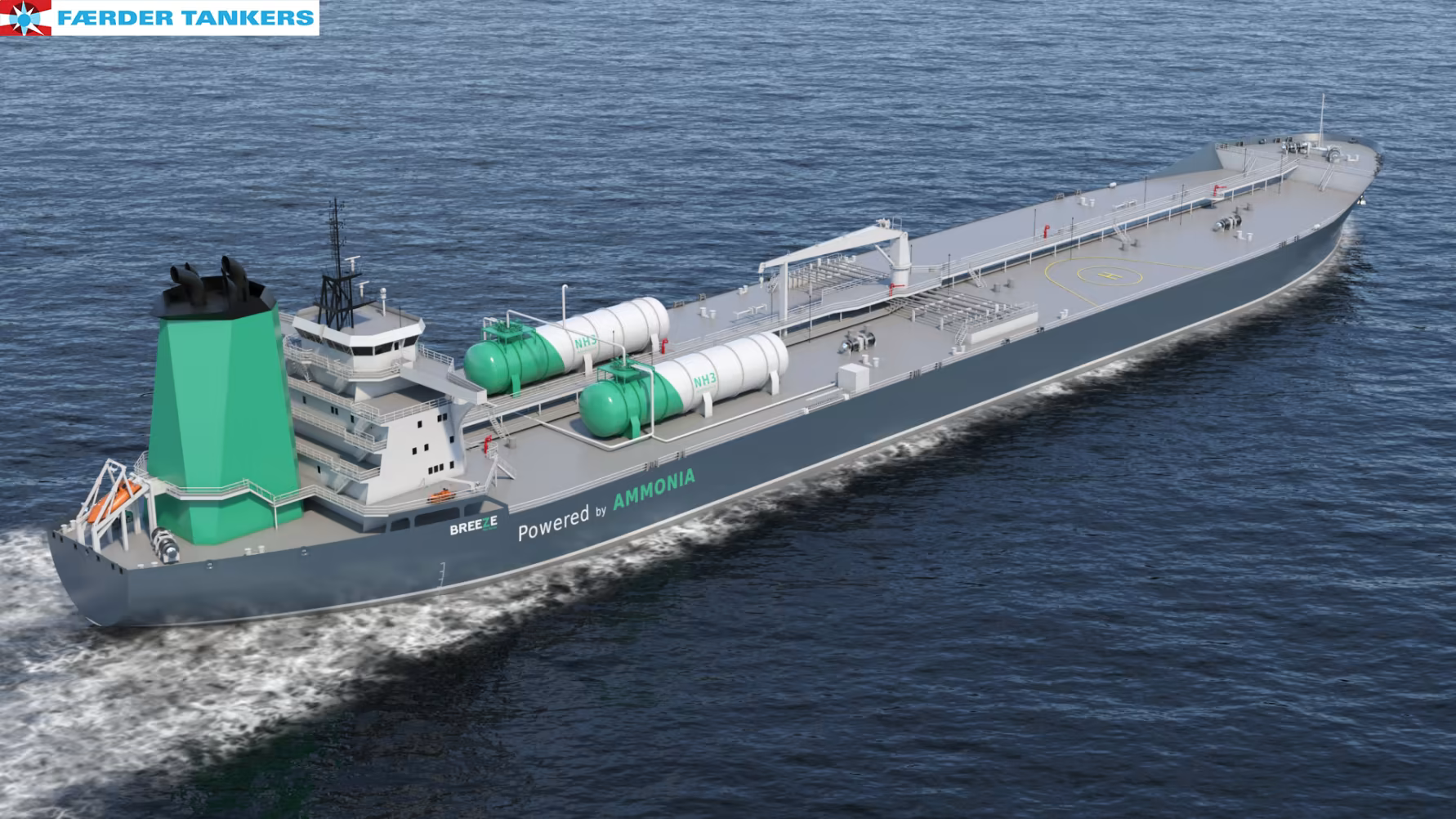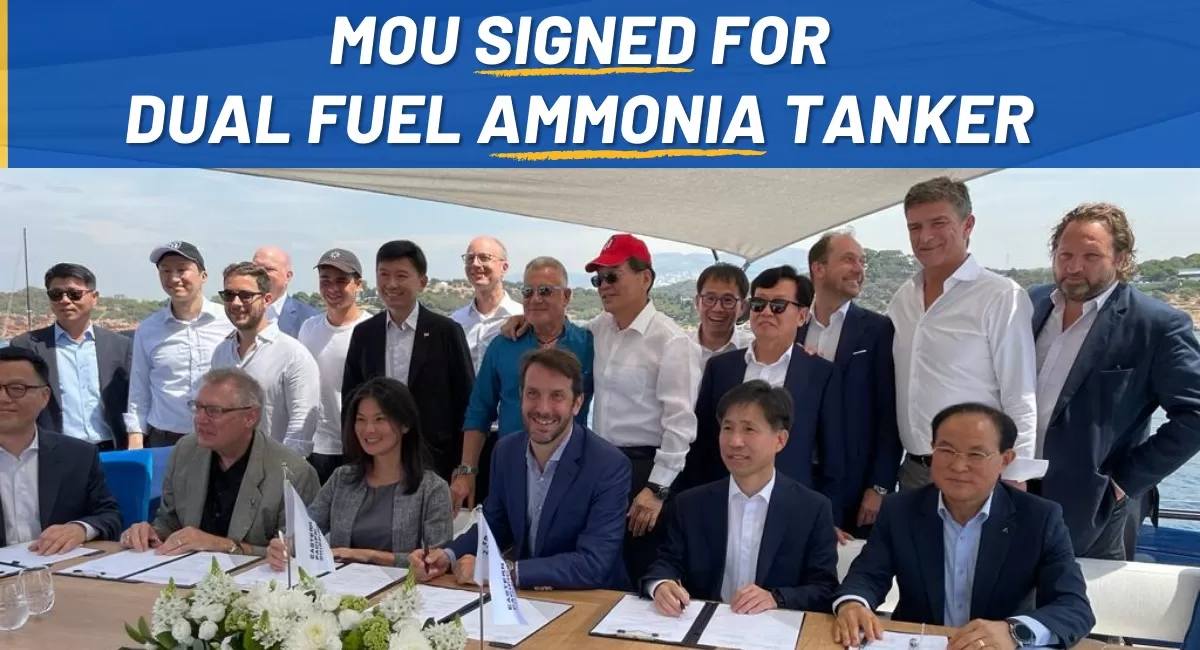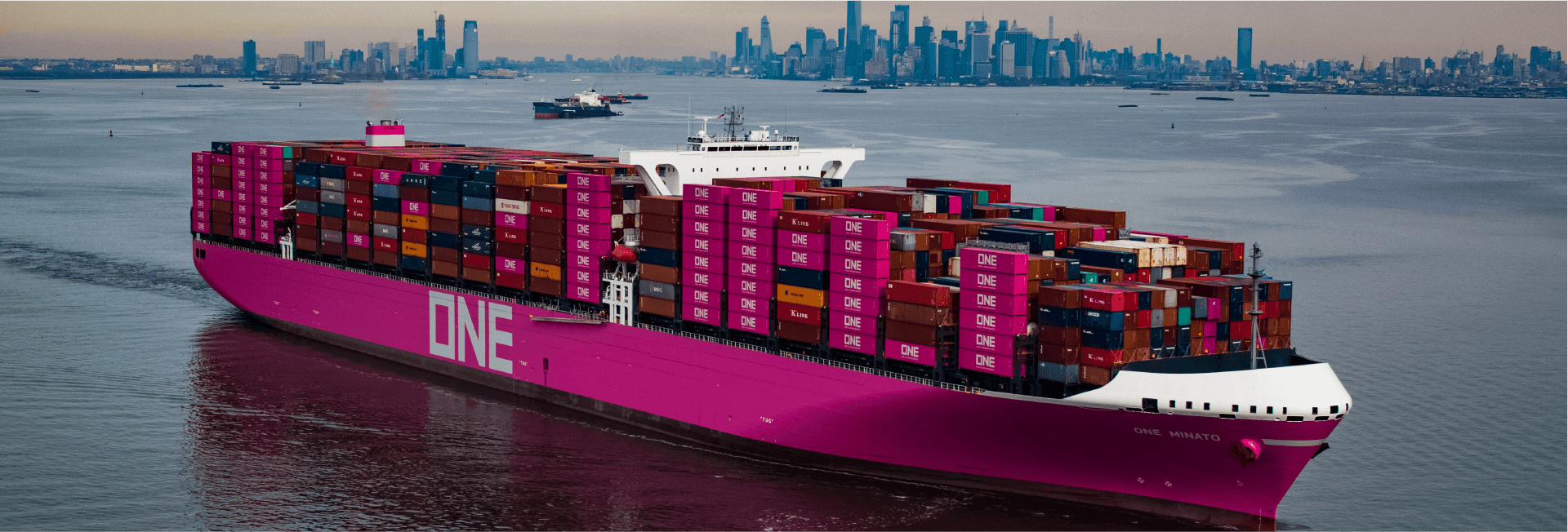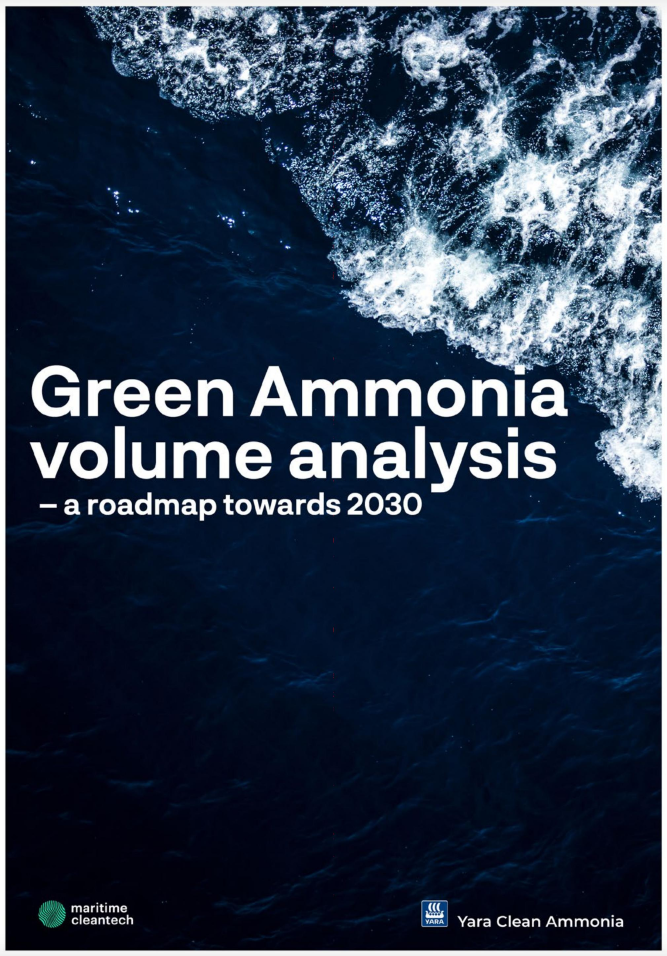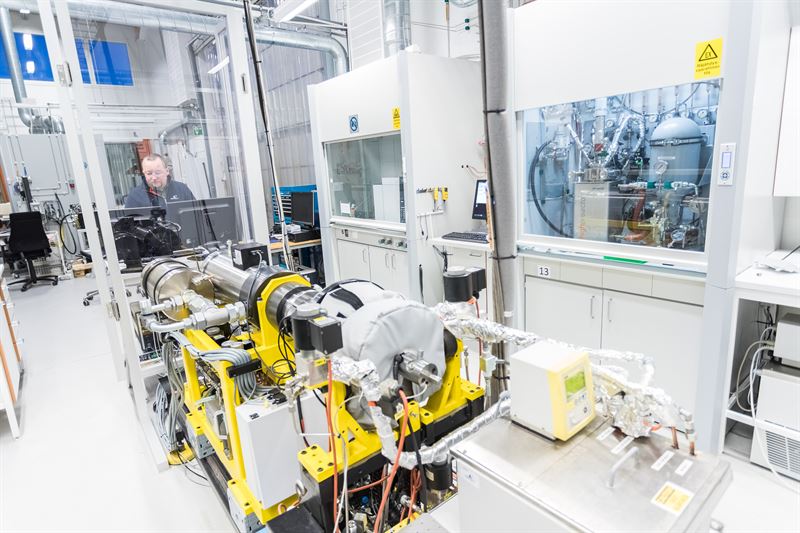Ammonia Engine
Ammonia solutions for the UK construction industry
The UK government will fund a new red diesel replacement project from engine developers MAHLE Powertrain and partners Clean Air Power and the University of Nottingham. The trio will demonstrate decarbonisation of heavy duty engines using ammonia and hydrogen fuel, or a blend of the two. Fortescue Future Industries and Liebherr are also involved in the decarbonisation of the UK construction sector, with agreements on hydrogen fuel supply & engine development signed last October. Fuel cells also enter this mix, with AFC Energy currently rolling out off-grid, ammonia-powered gensets on construction sites in London and Madrid.
Maritime actors push on with overcoming ammonia fuel safety concerns
Two recent reports (one from Bureau Veritas & Total, the other from the Together in Safety consortium) illustrate just how seriously the maritime industry is pursuing low carbon ammonia fuel. While progress in the maritime ammonia space is impressive, safety risks are widely-acknowledged and work remains to be done.
Both reports identify key hazards facing adoption of ammonia as a maritime fuel, and echo points heard before in the development of methanol & LNG as maritime fuels: high-risk hazards currently exist that must be eliminated, mitigated or controlled. But Together in Safety concludes the way forward will be via collaboration & shared responsibility - something we’re already seeing in the multiple high-profile safety studies and consortia working around the globe. Thankfully, the willingness of significant maritime players to engage on ammonia and the momentum for change are both high.
AmmoniaDrive
The University of Amsterdam and TU Delft will lead an academic-industry consortium that will determine the feasibility of combining ammonia-fed solid-oxide fuel cells with internal combustion engines for maritime propulsion. The AmmoniaDrive project just received over €2 million in support from the Dutch government, and is the latest in a series of hybrid and fuel cell-based propulsion projects using ammonia as an onboard fuel.
Ammonia-powered vessels & maritime engines: development updates
This week we explore four announcements in the maritime ammonia space:
- Færder Tankers Norway will receive $20 million in Enova funding to develop two ammonia-powered vessel designs: a tanker and a car carrier.
- Mitsubishi Shipbuilding has completed a conceptual design for an LPG-ammonia dual-fuel VLGC, with Approval in Principle granted by ClassNK.
- Delivery dates have been set for the first eight of Höegh Autoliners’ Aurora-class, ammonia-powered car carriers, with China Merchants Heavy Industry to deliver vessels from late 2024.
- WinGD and Hyundai Heavy Industries will collaborate to deliver the first WinGD two-stroke engine capable of running on ammonia by 2025.
Eastern Pacific Shipping: adding ammonia power to the fleet
Eastern Pacific Shipping will lead development of an ammonia-powered, dual-fuel gas tanker. The carrier will be built by Hyundai Heavy Industries, registered under the Singapore national flag, classed by ABS, and will be the first vessel fitted with MAN Energy Solutions’ G60 two-stroke dual-fuel ammonia engine. As EPS steadily scales up its engagement with maritime ammonia, another high-profile consortium is accelerating a bunkering study in Singapore.
Ocean Network Express: adding ammonia power to the fleet
Singapore-based Ocean Network Express has signed contracts with two ship-builders for construction of five ammonia-ready VLCCs each (ten total), to be delivered in 2025. In Japan, NYK Line, IHI Power Systems and ClassNK will develop, deliver and fuel an ammonia-powered tugboat for the City of Yokohama, with the vessel to be delivered and working in the port in 2024.
Ammonia cracking for maritime applications
Swedish technology developer Metacon has delivered an ammonia cracking prototype unit to Pherousa Green Technologies in Norway for development of an ammonia-fed, zero emissions maritime propulsion system. The prototype itself was developed by Metacon subsidiary Helbio, who report the cracker achieves conversion rates of 99.3% with no ammonia slip, enabling it to feed a high-purity PEM fuel cell.
Green Ammonia Volume Analysis – A Roadmap Towards 2030
Yara Clean Ammonia, together with NCE Maritime CleanTech and with analysis support from DNV, have delivered a volume analysis and roadmap for the use of renewable ammonia in the Norwegian domestic shipping sector. With the right policy levers in place, renewable ammonia can meet and reach beyond the 2030 decarbonisation targets for the Norwegian domestic fleet, reducing emissions by as much as 69%.
Wärtsilä to coordinate EU-funded program for ammonia engine development
Coordinated by Wärtsilä, an R&D group has been provided with €10 million for the Ammonia 2-4 project. The project aims to complete a retrofit for a two-stroke engine vessel by 2025, as well as establishing a laboratory demonstrator for an ammonia-fueled, four-stroke maritime engine.
